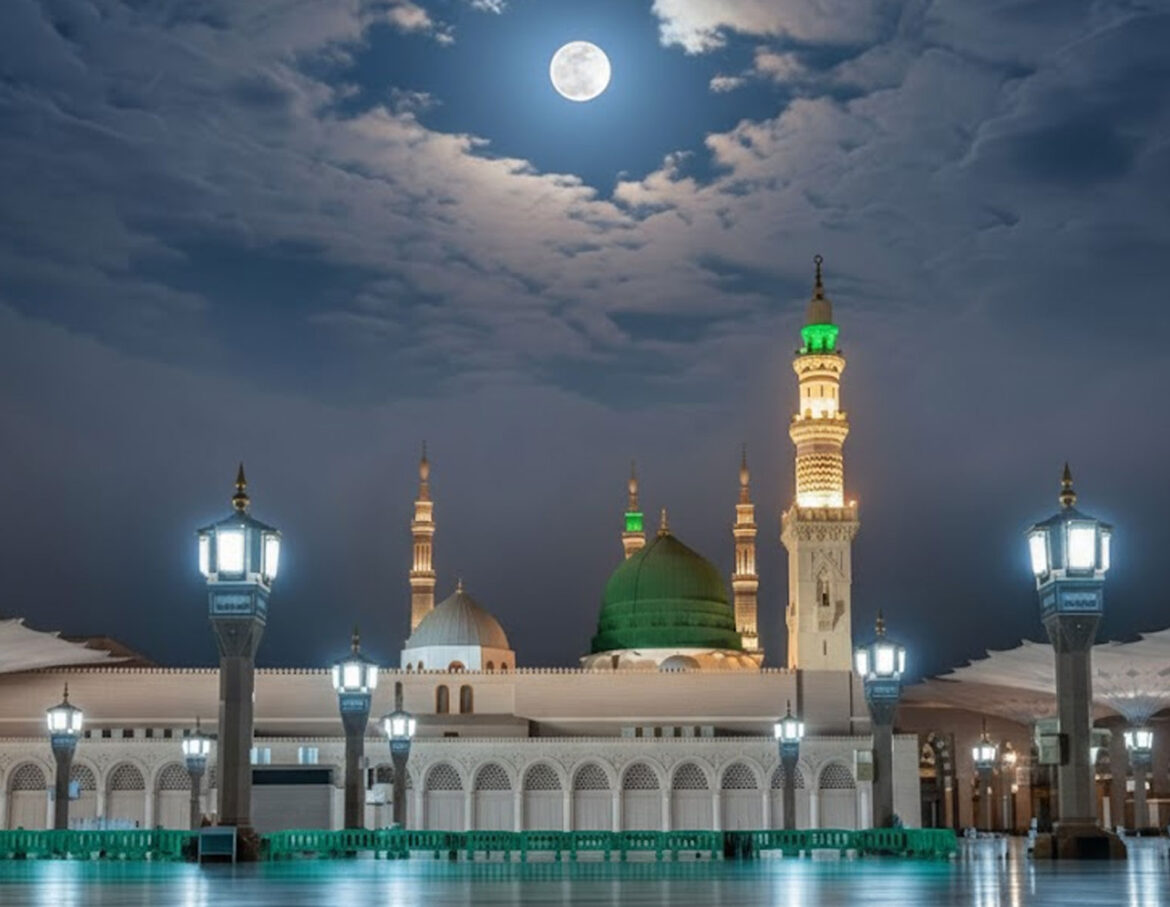In a remarkable moment of history, Masjid Al-Nabawi, the Prophet Muhammad’s (PBUH) Mosque in Medina, became the first place in the Arabian Peninsula to be illuminated by electricity in the year 1909.
Before the introduction of electric lighting, the sacred mosque relied on oil lamps and natural light for centuries. The installation of electric bulbs inside Masjid Al-Nabawi represented not only a technological advancement but also a symbol of progress and reverence, as the region embraced modernization while preserving its deep spiritual roots.
The event took place on 25th Shaban, 1326 AH (March 14, 1909), during the late Ottoman period. The mosque’s first electric lights were installed under the supervision of engineers who brought new technology to Medina, transforming the holy site into a beacon of both faith and innovation.
This milestone marked the beginning of the electrical era in Arabia, years before most cities in the region had access to electricity. It showcased the significance of Masjid Al-Nabawi not only as a center of Islamic devotion but also as a pioneer in adopting modern infrastructure.
Over time, the mosque has undergone multiple expansions and technological upgrades — from the introduction of fans and air conditioning to advanced lighting systems — all while maintaining its historic and spiritual essence.
Masjid Al-Nabawi’s electrification in 1909 remains a powerful reminder of how faith and progress have long coexisted in the heart of Islamic civilization.



